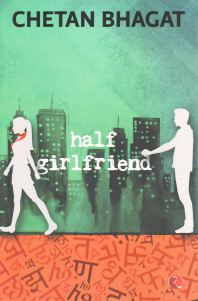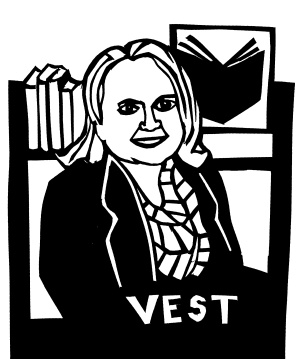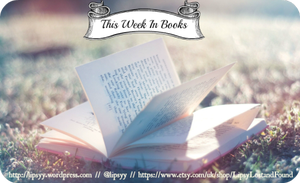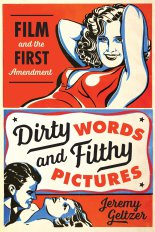 Half Girlfriend follows the complicated relationship between Madhav Jha and Riya Somani, who meet at college in Delhi.
Half Girlfriend follows the complicated relationship between Madhav Jha and Riya Somani, who meet at college in Delhi.
Madhav is heir of a faded “royal” family from a poor Indian town where his mother manages and teaches at the local impoverished school. Riya’s family is ultra-rich, a fact she finds limiting, as family and class expectations hinder her personal dreams.
Madhav falls for Riya at first sight and a shared interest in basketball gives him the hope of initiating and furthering a relationship with her; but while Riya encourages close friendship, she makes it clear that she doesn’t want a full “girlfriend-boyfriend” relationship, a situation Madhav finds hard to accept. What does Riya mean by “half girlfriend” anyway?
Through breakup, forgiveness, reconciliation and heartbreak the relationship between the two is never easy when each seems to want something different. What would it take for their situation to be resolved?
And what roles do the book’s author (Chetan Bhagat himself) and Bill Gates play in the couple’s attempt to maintain their relationship despite their differing desires and expectations?
This is another book I found while trawling through the shelves of a local charity shop. I’ve been looking for books by authors of non-western backgrounds because I find they give a different perspective to “western” writers.
Half Girlfriend could be included in the same kind of category as Mike Gayle’s books: stories I can always rely on to help me overcome “reader’s block” – when I need to read a book I know I won’t be able to put down until its finished. Mike Gayle is someone I turn to when I’ve read one too many “worthy” novels and need to rediscover a love of reading for reading’s sake, when story is given priority over the author’s clever wordplay. I found this book had a similar appeal to Gayle’s work, the main differences being its setting and the cultural background of the characters, both of which play a significant part of the story.
As evidence of how much I enjoyed the book, I chose to order a boxed set of 8 of Bhagat’s books (which includes a new copy of this one). He’s someone whose work I’d like to read beyond this one story.
In trying to find out more about his writing, I found that some of his books have been adapted into Bollywood films. Half Girlfriend seems to be the most recent adaptation. After watching the trailer (see below), I hope it’s a film that will eventually be released on DVD.
According to what I’ve read about Bhagat, his first language isn’t English, but he writes in English for a mainly Indian readership and sells far fewer copies outside of India than he does in his homeland. After reading half way through my charity-store copy I came across the receipt from the original book purchase: at an airport shop in Mumbai (for 176 Indian Rupees).
The following description of Bhagat was in the Guardian:
…the 39-year-old Punjabi is one of India’s most successful English-language novelists currently at work. Unlike Salman Rushdie, Arundhati Roy and Aravind Adiga, however, he has not been adopted by London’s literati, anointed the “authentic” voice of the subcontinent and exported back to a fawning welcome by India’s anglophone elite. Nor is Bhagat’s phenomenal success (with six novels shifting 7 million copies) due to foreign sales and profile – of which he has very little. It’s more to do with his intimacy with lower-born Indians, whose restricted hopes, humdrum work, romantic dramas, family tensions and sense of humour he has shared and sympathises with.
https://www.theguardian.com/books/2014/apr/24/chetan-bhagat-interview-bollywood-favourite-author-india
The article also notes that his work has been described as “Hornby-lite”, a reference to Nick Hornby, another writer I enjoy whose work, along with Mike Gayle, has been pejoratively described as lad-lit. A term used as a comparison to “chick-lit”.
Lad Lit is a fictional genre of male-authored novels about young men and their emotional and personal lives, often characterized by a confessional and humorous writing style. The term combines the word “lad,” which refers to a boy or young man and “lit,” which is short for “literature.”
https://en.wikipedia.org/wiki/Lad%E2%80%93lit
_____________
Advertisements Share this:






